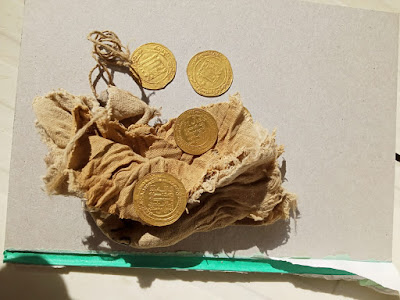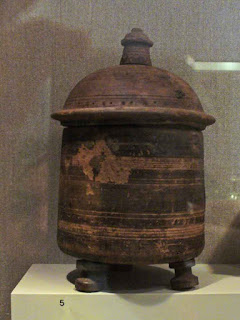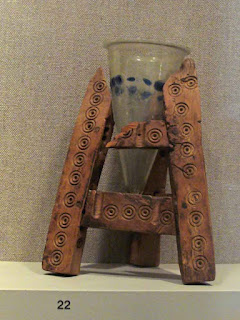The Egyptian-Russian archaeological mission working at the archaeological site of Deir Al-Banat in Fayoum has unearthed a collection of 28 gold dinars and five small coins.
They were found wrapped in a linen roll tied to a clay seal bearing unclear symbols.
Osama Talaat, Head of the Islamic, Coptic and Jewish Antiquities sector at the Supreme Council of Antiquities; describes the discovery as the most important in the area; given that it is the first season of the Egyptian-Russian expedition in the northern part of the archaeological area. This was where a collection of mummies dating back to the Greco-Roman era, were previously found.
This reflects, he added, that the area was used during different historical periods between Greek, Roman, Coptic and the Islamic period.
The discovery consists of 16 golden dinars from the era of the Caliph Al-Muqtadir Billah (295-317 AH / 908-932 AD) as well as five parts of gold dinars from the era of Caliph Al-Muqtadir. This is in addition to 10 dinars from the era of Caliph Al-Radi Billah (322-329 AH / 934-940 CE) and two dinars from the era of Caliph Al-Mu'tasim Billah (218-227 AH / 833-842 AD).
The Russian mission has been working at Deir Al-Banat area since 2003 where they since then unearthed several coffins and mummies.














